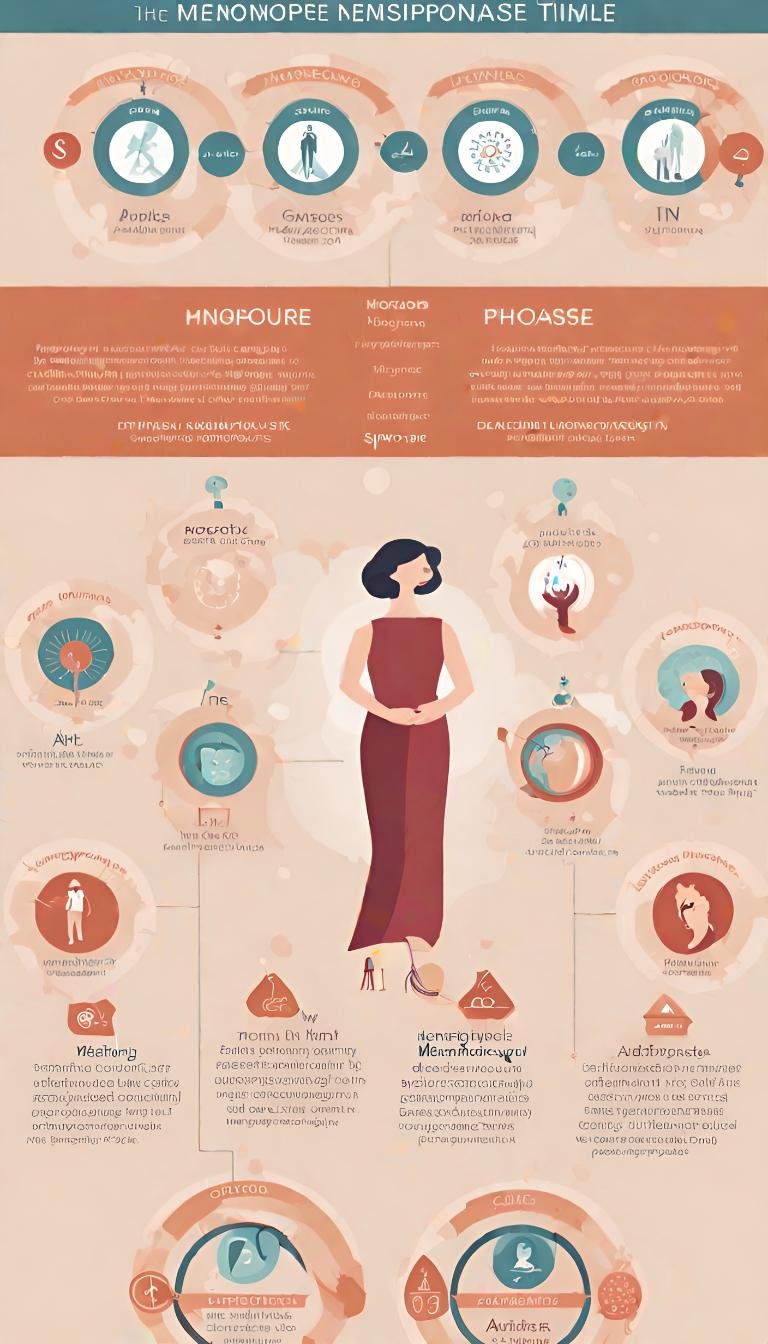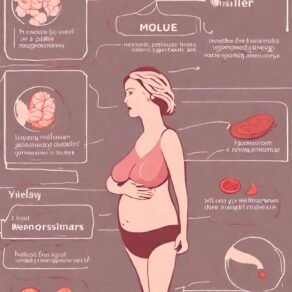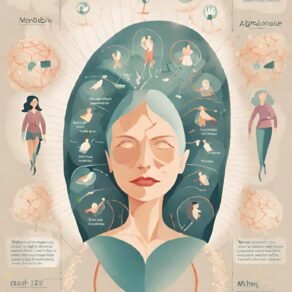Menopause is a natural and inevitable phase in a woman’s life journey, marking the end of her reproductive years. However, this transition is not a sudden event but rather a process that unfolds over several stages. Understanding the phases of menopause is essential for women to navigate this transformative journey with knowledge and confidence. In this comprehensive guide, we explore the different stages of menopause, their characteristics, and the implications they hold for women’s health and well-being.
1. Perimenopause:
Perimenopause, often referred to as the menopausal transition, is the first stage of the menopause journey. It typically begins several years before menopause, usually in a woman’s late 30s or early 40s, although the exact timing can vary. During Perimenopause:
- Hormone levels, particularly estrogen, begin to fluctuate, leading to irregular menstrual cycles.
- Women may experience symptoms such as hot flashes, night sweats, mood swings, fatigue, and vaginal dryness.
- Fertility gradually declines as ovulation becomes irregular or less frequent.
Perimenopause is a time of significant physical and emotional changes, signaling the onset of the menopausal transition.
2. Menopause:
Menopause itself is defined as the point at which a woman has not had a menstrual period for 12 consecutive months. The average age of menopause in the Western world is around 51, although it can occur earlier or later for individual women. During menopause:
- Estrogen levels decline significantly, leading to the cessation of menstrual periods.
- Menopausal symptoms may persist, although they may vary in intensity and frequency.
- Women may experience symptoms such as hot flashes, night sweats, mood changes, vaginal dryness, and changes in libido.
While menopause represents the end of a woman’s reproductive years, it also marks the beginning of a new phase of life.
3. Postmenopause:
Postmenopause refers to the years following menopause, during which a woman no longer experiences menstrual periods. Postmenopause is considered a permanent state, lasting for the remainder of a woman’s life. During postmenopause:
- Menopausal symptoms may continue, although they often diminish in intensity over time.
- Women are at increased risk of certain health conditions associated with aging and hormonal changes, including osteoporosis, heart disease, and cognitive decline.
- Hormone levels stabilize at lower levels than during premenopause, impacting various aspects of health and well-being.
Postmenopause is a time for women to focus on maintaining their overall health and well-being as they transition into the next stage of their lives.
4. Conclusion:
Menopause is a natural and transformative phase in a woman’s life, characterized by distinct stages that unfold over several years. Understanding the phases of menopause, from perimenopause to postmenopause, empowers women to navigate this journey with knowledge and confidence. By recognizing the characteristics and implications of each stage, women can embrace the menopausal transition as a time of growth, change, and renewal, prioritizing their health and well-being as they embrace the next chapter of their lives.





Leave a Comment